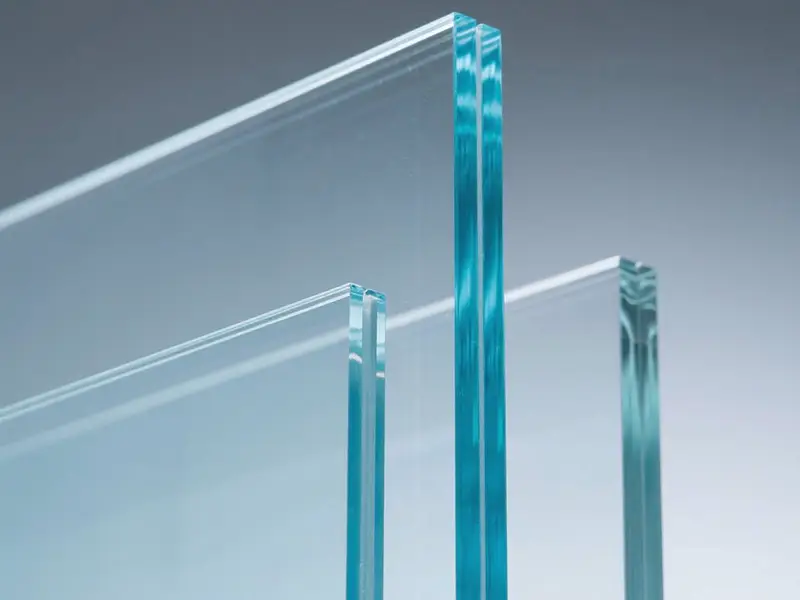The Rise of Special Glass: Application and Future Development Direction Analysis
Special glass, a type of glass material that exhibits unique functions through multiple interactions such as light, electricity, magnetism, heat, and chemistry, has become an essential foundational material for modern production and daily life. Its high-tech characteristics far exceed ordinary glass, making special glass play an indispensable and important role in the field of modern science and technology, closely connected to emerging industries and national defense needs. Worldwide, countries are placing increasing emphasis on the development and application of special glass, and its research and production level has become an important benchmark for measuring a country's level of material technology development.
Infrared transparent glass
Infrared transparent glass is widely used in infrared detection and imaging technology due to its excellent infrared transmittance, high mechanical strength, and low manufacturing cost, and is also used in the optoelectronic systems of fighter jets. Currently, infrared materials are mainly divided into three categories: single crystal, polycrystalline, and infrared glass. Infrared transparent glass has become a focus of attention due to its excellent infrared transmittance, excellent optical uniformity, high mechanical strength, low manufacturing cost, and simple optical processing technology, especially suitable for processing into various complex shaped products. At present, infrared glass plays an important role in infrared detection technology and infrared imaging technology, and is widely used in the manufacturing of components such as windows, lenses, and fairings. Since the 1990s, developed Western countries such as Russia, the United States, and the United Kingdom have been conducting in-depth research on infrared glass and widely applying it to the optoelectronic detection systems of key fighter jets, significantly enhancing their combat capabilities. For example, the US Navy Laboratory has successfully developed a large-sized (00mm) barium germanium oxide infrared glass pod, while the Moscow Institute of Technical Glass in Russia has also developed a 250mm caliber calcium aluminate glass fairing. These products have been mass-produced and equipped in airborne electro-optical radar systems.
Irradiation-resistant glasses
Radiation resistant glass has high stability under high-energy irradiation and is used as a window material in aerospace, nuclear industry, and medical fields, represented by products from American and British companies. Radiation resistant glass is a special type of glass that exhibits only slight attenuation in visible light transmittance under high-energy radiation or particle bombardment. Its uniqueness lies in excellent radiation stability, excellent transparency, and stable physicochemical properties. Therefore, radiation resistant glass is widely used as a window material in various fields such as aerospace, nuclear industry, and medicine. At present, Corning from the United States and Pilkington from the United Kingdom are world leaders in the research and production of radiation resistant glass. They all use a unique process, which involves directly drawing and forming the glass after the mixing material is melted. The glass produced in this way can have a width of up to 400mm and a minimum thickness of only 0.05mm. It is worth noting that due to the free surface state during forming, the bending strength of the produced glass can reach up to 130 to 150MPa.
Special dispersion glass
Special dispersive glass, due to its large dispersion deviation, can simplify optical systems and is widely used in remote sensing and space telescopes. In the graph of the relationship between the relative dispersion of optical glass and the Abbe number v, most glasses follow a straight line, known as the "normal line". However, there is a type of optical glass whose performance deviates significantly from this straight line, known as special dispersive glass. The main characteristic of this type of glass is that its relative dispersion deviation is relatively large. In optical systems, when combined with other glasses, they can effectively reduce the number of lens pieces and simplify the structure of the entire optical system. More importantly, special dispersive glass can eliminate secondary spectra, significantly improving imaging quality and geometric accuracy, perfectly meeting the requirements of long focal length, large field of view, and high-precision optical systems. At present, Schott, a German company, is in a leading position in the preparation technology of special dispersion glass, and has successfully launched multiple product grades such as N-KZFS2, N-KZFS4, and N-KZFS11. Among them, N-KZFS11 glass is renowned for its moderate Abbe number, significant relative partial dispersion deviation, excellent performance stability, and good processability. This type of glass has been widely used in the fields of stereoscopic mapping camera lenses for remote sensing satellites, lenses for space telescopes, and compensating lenses for non spherical mirror shape detection.
TAG:
Next
Related Posts
How Glass Partitions Enhance Natural Light in Commercial Spaces










